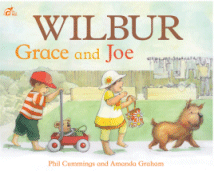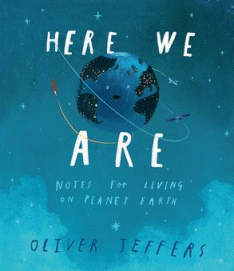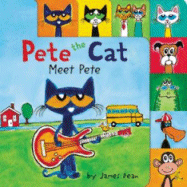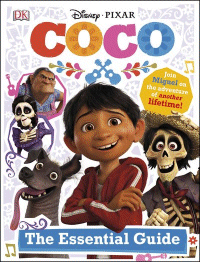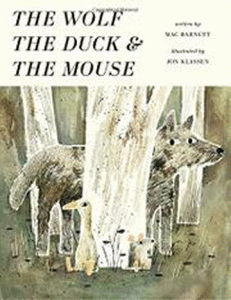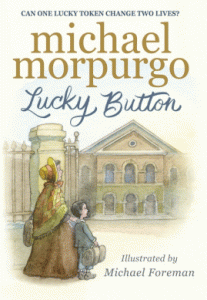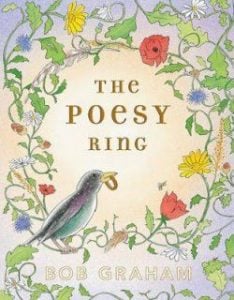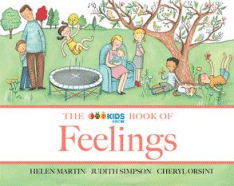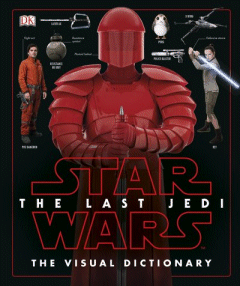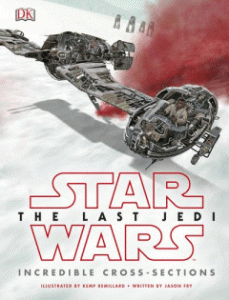
Penguin Problems
Penguin Problems
Jory John
Lane Smith
Walker Books, 2016
32pp., hbk., RRP $A24.99
9781406375992
Poor Mortimer. His life really is difficult. It’s so hard living in the Antarctic when you don’t like snow, the light is too bright, you have to swim in the ocean which is too dark and it smells salty, you sink like a stupid rock and there are lots of things that want you to be their dinner. And when you are on land you have to waddle and you look silly when you waddle, and that’s just the beginning. Try looking like everyone else and not being able to find your parents… Is there no end to the problems that penguins have? Every day seems to be a “terrible, horrible, no good very bad day” and then a walrus tapping him on the shoulder. Is this day going to have a very bad ending too?
Apart from being very funny even though Mortimer himself is so serious and makes sure he gets the last word, this is an important book in the armoury of the mindfulness collection and even moreso with the issue of children’s mental health attracting official attention so teachers in all sectors can detect and determine students’ problems early. Mortimer is definitely a pessimist who can see no joy in anything and as teachers, we are all aware of the child in our class who has a similar outlook. While one story alone is not going to turn this around – as the final page in the story suggests – nevertheless we can help children start to count their blessings, look for positive validation in themselves and offer genuine affirmation to others.
Perhaps the author deliberately chose a penguin as his protagonist because of their stark “black-and-whiteness” where life is either good or bad and Lane through her illustration style not only softens the edges of Mortimer but also his surroundings so that there is the possibility of some light getting through. If we are teaching our students to be critical readers and ask, “What is the author’s purpose for writing ?” ;”What does the author want me to know from reading this story?” and “How is the message being conveyed?” then this would be an excellent tool as we try to get them to examine issues of objectivity and accuracy in other resources.
Right from the get-go with no title on the front cover (it is on the back, though) and the inner flap setting Mortimer’s tone, the reader knows this story is going to be different. A search online will reveal a range of resources to support it, but as with all quality picture books, it stands alone as an entertaining story first and foremost whether its underlying message is explored or not.
